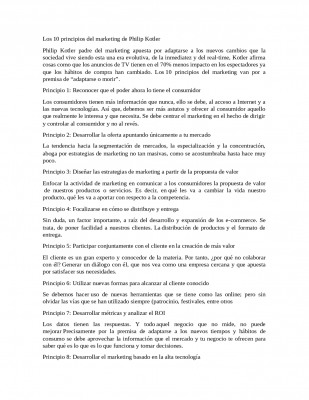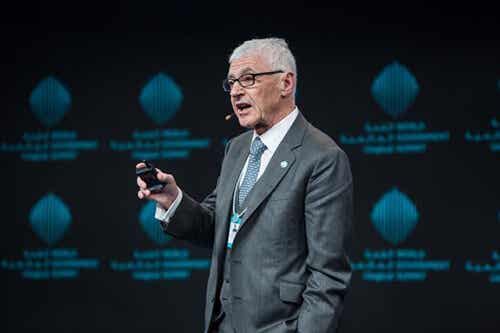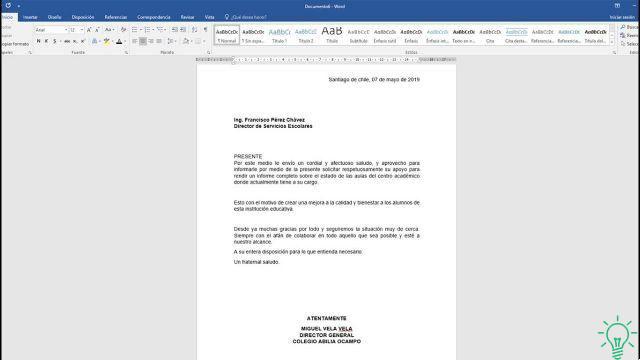While "quiet" is the last term we would expect to associate with a leader, this is the quality of the future. A sincere, empathetic, thoughtful and observant individual who has confidence in the potential and abilities of his employees.

Written and verified by the psychologist GetPersonalGrowth.
Last update: 15 November 2021
Silent leadership is gaining ground in a scenario previously populated by leadership figures and even authoritarian. Therefore, the bosses used to giving orders, to set up a unique work dynamic, have ended.
The classic "iron fist" that defined figures like Henry Ford has been cast aside to allow silent leadership to enter the picture. Following the current crisis, there is a need to reformulate the figure of leaders.
In a scenario full of uncertainty and instability, a different management is needed to instill trust. Beyond that, the managers and leaders who are defined by this silent trend have very high qualities with which to inspire others.
The tactics of high pressure, absolute domination and inflexibility are outdated in organizations. Enthusiasm is needed, not fear. More humble and less narcissistic leaders are needed for projects to move forward, so that the working groups feel at ease and united in the same goal. Let's explore this new trend.
Quiet leadership against the top-down authoritarian leader
A silent leader is not shy or withdrawn or an invisible figure within the organization. It is defined by his conduct and acts in the workplace. As anticipated, traditional leadership must be reformulated as it is not always as effective as it was believed.
The failures of many companies are due to the personality of those at the top. Until recently, promotions were based on traits like extroversion, charisma, pressure and dominance. However, the classic model of vertical and authoritarian leadership has only caused losses at all levels:
- The authoritarian leader inoculates the company with chronic stress and dissatisfaction.
- It also prevents employee development, human capital is diluted and work teams cannot demonstrate their potential because they lack autonomy.
With the advent of silent leadership, however, this changes. The working climate favored by the “silent” top manager is based on trust and empathy. The worker is seen as the best ally to achieve the highest results.
What characteristics define silent leadership?
The secret of a successful leader is to have motivated employees. In other words, any manager or senior manager who wants to go far in her project must have people who believe in him or her. And this, let's face it, is not easy to achieve.
Silent leadership seeks to inspire through humility and competence, to instill self-improvement and innovation through trust. Let's try to understand what characteristics define this model.
Silent Leadership: Engaging with colleagues and the project
The good leader doesn't just have a set of short- and long-term business goals in mind. The people at the top of the organization know that without employees and teams, none of these aspirations are possible.
The first dimension that defines quiet leadership is the commitment to human capital. We know that investing in people makes the difference in any company. Creating respectful, innovative and nourishing environments in terms of stimuli, incentives and respect allows you to go far.
The silent leader delegates because he has confidence
Delegating responsibility is one of the fundamental pillars of any work environment. It is not just an act of recognition by the leader. It is also a priority strategy to trust all teams in the organization to be competitive, recognizing the unique potential of each employee.
In this way, the leader will always be that figure who does not need to be present at every step and every decision. Delegating means giving responsibility to others, as they are aware that their employees are capable of doing great things.
Senior leaders work with humility and empathy
The study conducted by Drs Svetlana Holt and Joan Marques of Woodbury University (California) recalls the effects of the so-called "corporate psychopaths", which psychologist Robert Hare defined at the time as a form of corporate violence.
The "iron fist" strategy and authoritarianism invalidate productivity and the well-being of the entire human capital of a company.
In reverse, empathy and humility can change the current paradigm and should be encouraged. Quiet leadership integrates these two dimensions and applies them to his daily environment.
Silent leadership: calm and reflection amidst the chaos
Today, any leader who is not used to situations of uncertainty, crisis and even chaos has not yet matured in the business world. Silent leadership is defined by being like bamboo in the midst of a storm: faces it, adapts to it and grows with it.
It does so from the silence of those who know how to observe in a reflexive way, with the mind that has learned to manage emotions to allow itself to act in a resilient way. This position and this attitude in the face of difficulties is a source of inspiration for the whole organization.
Silent revolutions have already been successful in the past
We have become accustomed to an outgoing type of leadership that not everyone is comfortable with. However, history is full of figures who, from their most discreet and even silent position, have managed to change the world. Personalities like Gandhi, Rosa Parks or Bill Gates fit this profile perfectly.
Identities that fall within that introversion that defines silent leadership. They are men and women who have not made too much noise, but who nevertheless have left their mark and inspired us. This is the secret.

























